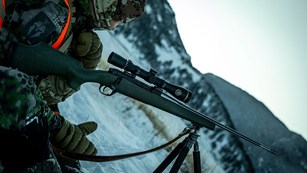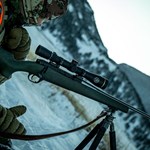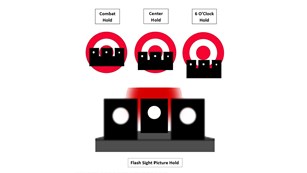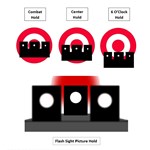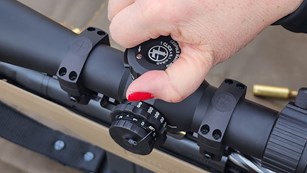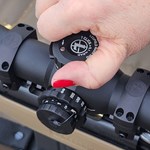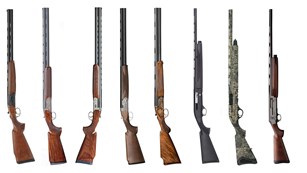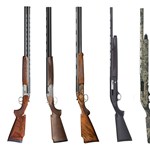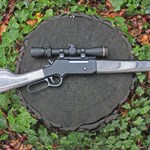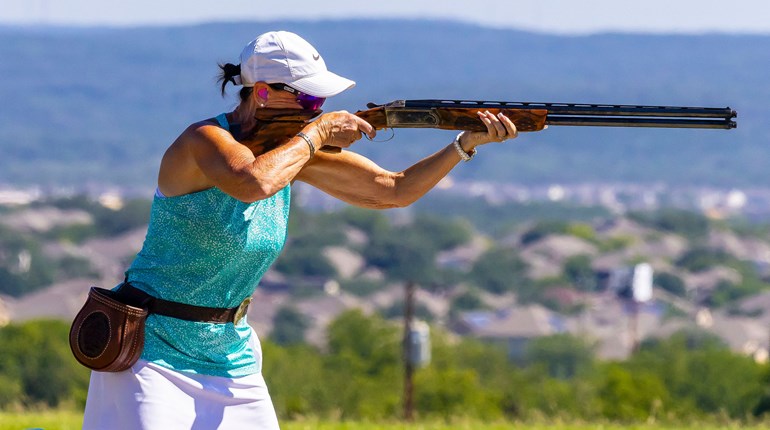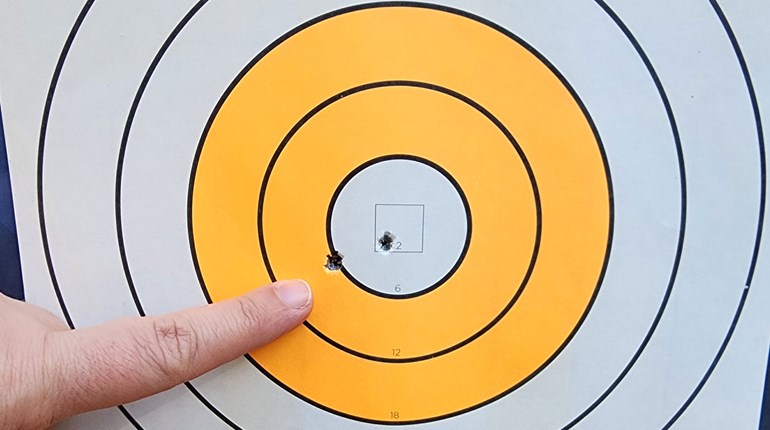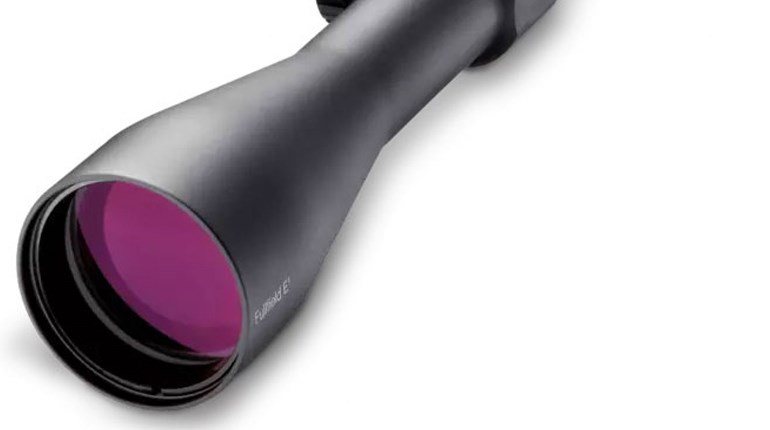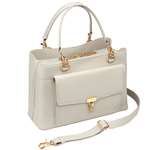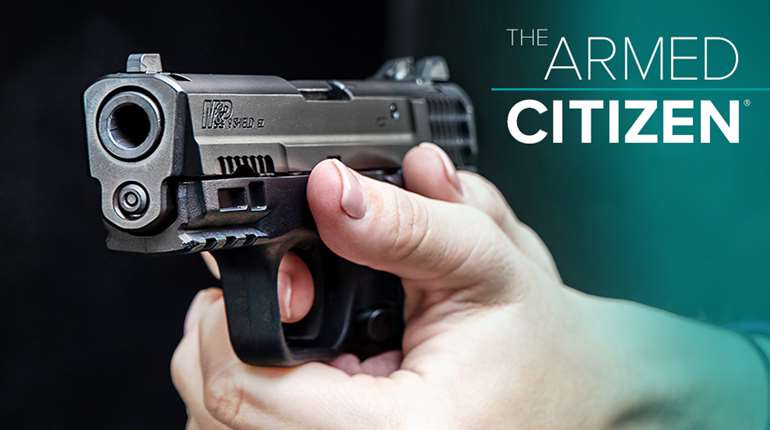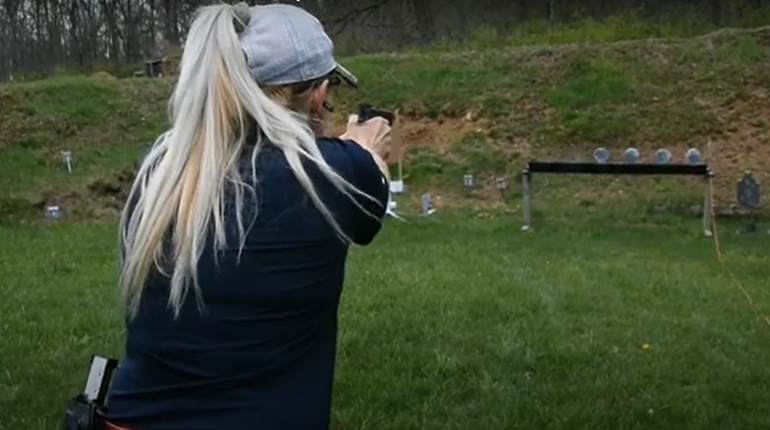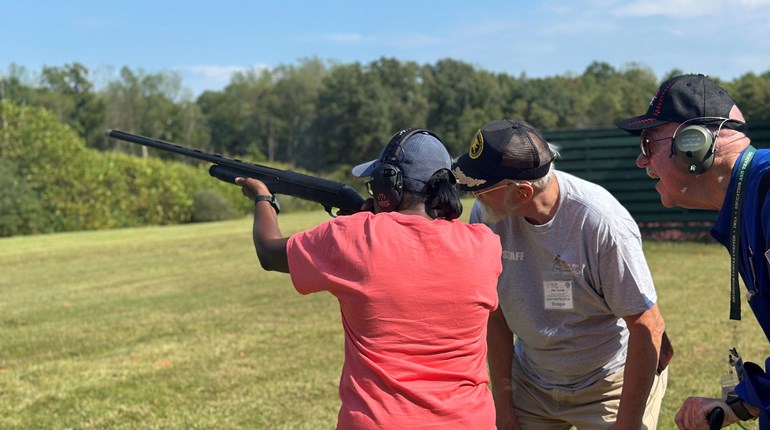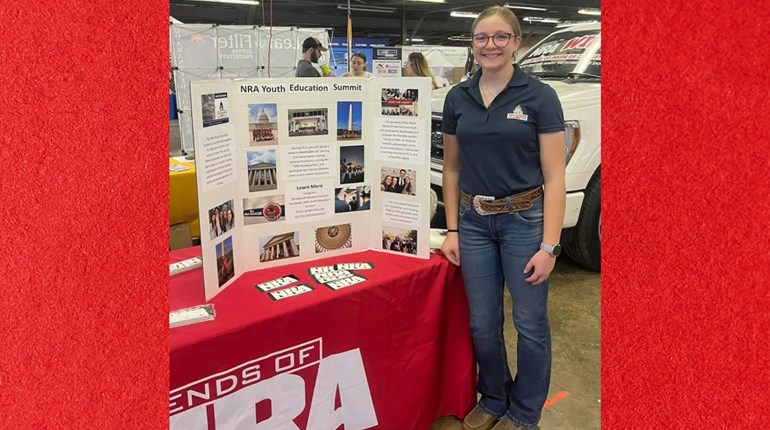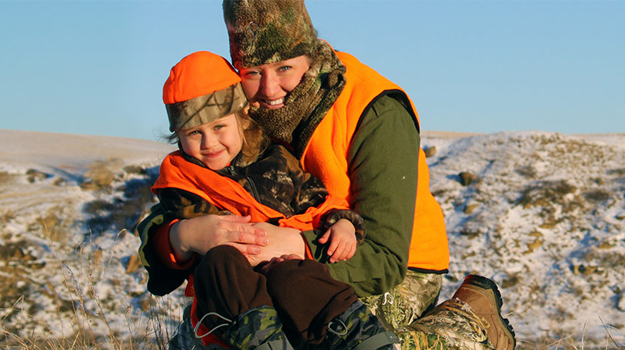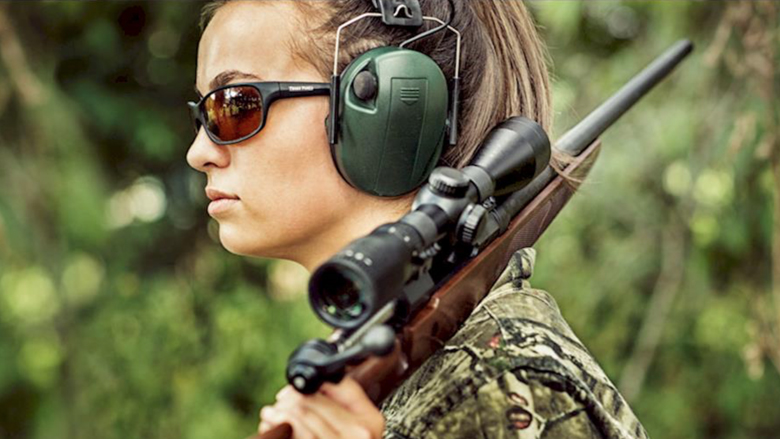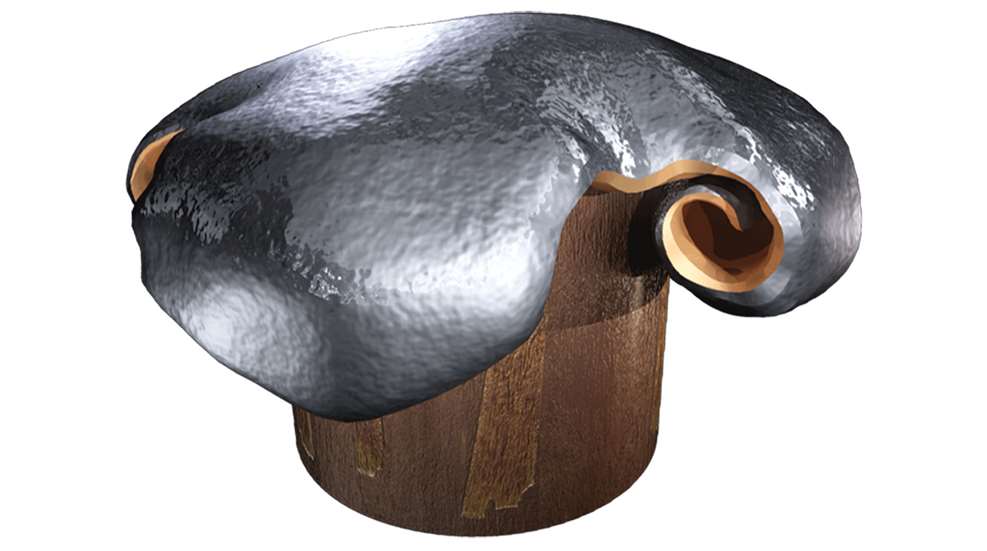
Bullets have come a long way from the rounded, solid-metal musket balls of the olden days. Today, you have a choice of several different types of hunting bullets that will all perform differently, and what you select should depend on the type of hunting you’re doing and the game you’re pursuing. There are four main types of hunting bullets: cup-and-core, partitioned, monolithic and bonded bullets. In this article, we’re going to explore what bonded bullets are and how they perform on game.

Bonded bullets are an improvement on the older cup-and-core design. They look similar, but bonded bullets actually bond the lead core to the copper jacket chemically or mechanically, rather than just wrapping the copper around the core. This means that the core and the jacket stay together during penetration, so they can penetrate more deeply while also expanding reliably, even at lower velocities. With consistent penetration and expansion, bonded bullets are the best of both worlds—the expansion and energy transfer of lead-core bullets with the durability of monolithics.
Bonded bullets are reliable and effective at just about any hunting distance, holding together well at high velocities and even when striking bone.
The downside is that the bonding process isn’t exactly cheap, so bonded bullets and ammunition that uses them tends to be on the pricier side. You must balance your hunting needs with the cost—you very well might not need extreme penetration and expansion to hunt whitetails in the Big Woods. In addition, many hunters argue that bonded bullets are less accurate than cup-and-core bullets, but this isn’t necessarily the case, depending on the manufacturer and how a particular load performs in your particular rifle.
Federal’s Terminal Ascent and Fusion, Nosler’s AccuBond, Hornady’s Interbond, Winchester’s Power Max Bonded and Swift’s A-Frame (which is a partitioned bullet that’s also bonded) are popular examples of bonded bullets or ammunition using bonded bullets.
